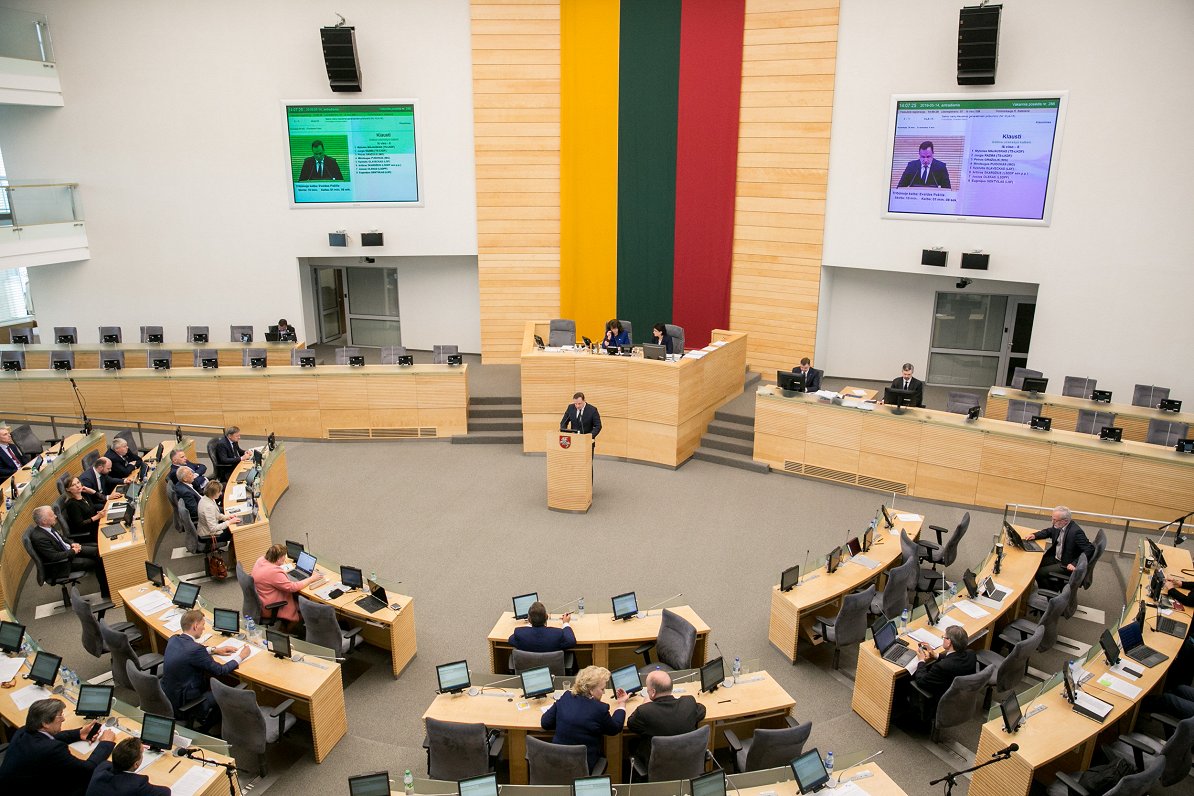INDOZONE.ID – One of the efforts so that children with rare diseases can immediately get treatment to save their lives is through early diagnosis.
However, unfortunately Indonesia does not yet have a single diagnostic laboratory specifically for this disease.
This was conveyed by the Head of the Center for Rare Diseases, RSUPN, dr. Cipto Mangunkusumo, Prof. Damayanti Rusli Sjarif in a webinar entitled #CareforRare, as quoted from ANTARA, Sunday (11/10/2020).
“In Indonesia, absolutely no one can enforce the diagnostic, because there is none, we are trying to carry out this diagnostic at the IMERI Research Cluster: Human Genetic Research Center (genetic laboratory) for rare diseases because there are many patients,” he said.
According to Damayanti, he has been working with a number of global laboratories, including National Taiwan University, Malaysia to laboratories in Australia to confirm a patient’s diagnosis. This examination costs a lot, in Malaysia, for example, it can reach Rp. 15 million for one patient.
On the other hand, the time needed to obtain a diagnosis from an overseas laboratory is relatively long compared to that in Indonesia. To get the examination results from Malaysia, it takes about two weeks. Meanwhile, if it can be done in Indonesia, doctors and patients only need one day.
In fact, patients need to get a diagnosis immediately in order to get early and helpful treatment. The case of a baby girl named Gloria from Kupang, East Nusa Tenggara (NTT) in November 2019 is an example.
Gloria, who was finally diagnosed with Galactosemia type 1 (the patient did not have the Galt enzyme, so that galactose accumulated in the body and damaged the liver, kidneys and eyes) had to undergo genetic testing up to Germany. This result was obtained after one month and the cost required reached Rp. 13 million.
Even though it took a month, Gloria was helped by getting treatment immediately. Now, he is growing like a healthy child his age.
“Gloria, who was diagnosed with Galactosemia Type 1 which caused her body to react negatively when receiving lactose. Currently, their growth and development is improving by consuming free amino acid formula which is zero galactose, “said Damayanti.
Reflecting on this case, Damayanti who is also a pediatrician, nutrition and metabolic disease emphasized that, although it is called rare, it does not mean that there is no cure for the disease.
“Whereas if the children are helped, there is a cure. Not all rare diseases are expensive, some are simple and available in Indonesia. I have a patient who uses drugs in Indonesia for other diseases he can (live with) well, “said Damayanti.
Apart from the problem of diagnosis, the limited cost because it has not been covered by the National Health Insurance is also a challenge for managing patients with rare diseases. So far, Damayanti and the team have been working to raise funds from donors.
He also made efforts to help finance the treatment of rare diseases through the BPJS, especially considering that currently most of the families of patients treated at RSCM come from middle to lower economic circles.
In terms of drug procurement, Chairman of the Indonesian MPS and Rare Diseases Foundation, Peni Utami, said that so far he has collaborated with the Customs Agency for Drug and Food Control (BPOM) and a number of pharmaceutical companies.
“We begged BPOM, the tax department so that there will be no more tax payments. We are working with pharmaceutical companies, Alhamdulillah, until now this has been launched, “he said.
What is a rare disease?
Rare disease is a disease that has not many sufferers, depending on the country and the facilities for diagnosis. In Europe, it is a rare disease if the number of cases is 1 in 2000, while in the United States it is 1 in 1500.
Although called rare, this disease can reach 8,000 types and add 250 new types each year.
Damayanti said 80 percent of these diseases were caused by genetic disorders and about 65 percent caused serious problems ranging from disability to death for sufferers.
In addition, the data shows that as many as 50 percent occur in children and 30 percent of deaths in children under the age of five are caused by this rare, congenital disease.
“The good news is, 5 percent has a cure,” said Damayanti.
In Indonesia, currently MPS or Mucopolysaccharidosis type II is the most common type of rare disease. Referring to the mpssociety.org page, MPS type II appears due to a lack of the iduronate sulfatase enzyme.
Those affected by this disease will usually experience developmental delays and physical problems. In infants, there are no visible symptoms, but as the cells are damaged, the signs will become more visible, such as failure of the development of several organs, abnormal facial shape and body frame.
Apart from MPS type II, other rare diseases are also found in Indonesia, namely Gaucher, Pompe and Glucose-Galactose Malabsorption (GSM).
To ensure that a child has a rare disease, including MPS, requires a proper and fast diagnosis. After that the new doctor can find out which type of disease can be treated or not.
“Our goal is to have an independent diagnosis. If we find the diagnostic, we can talk about the cure, ”said Damayanti.
Other Interesting Articles:
– .


